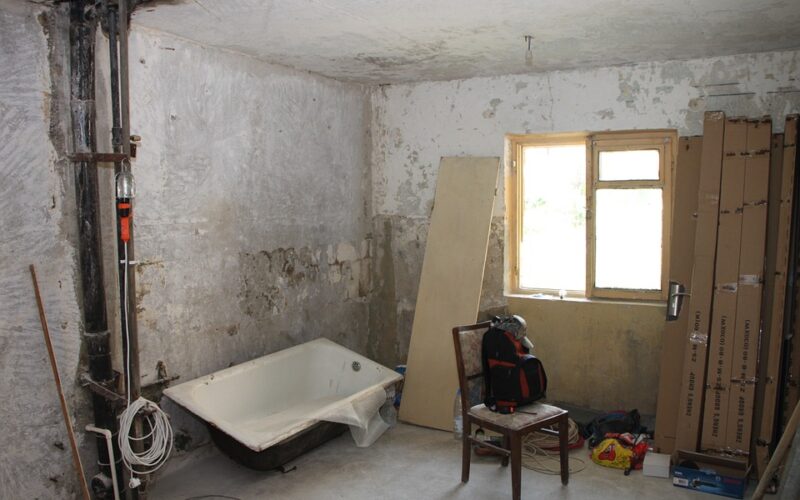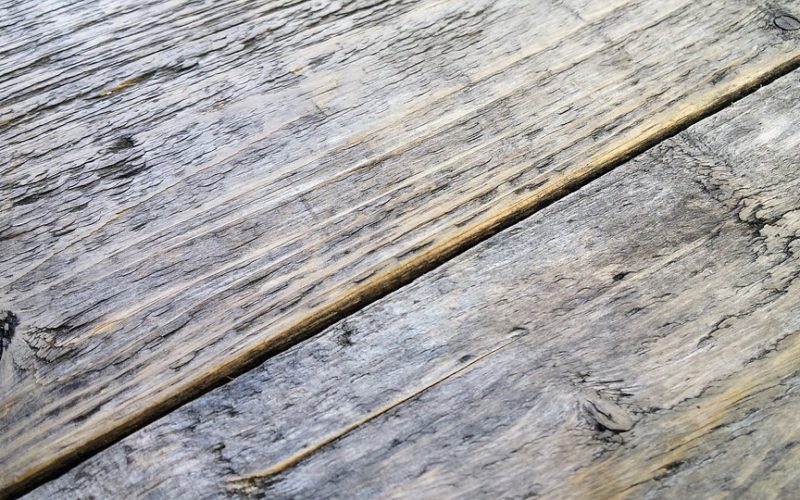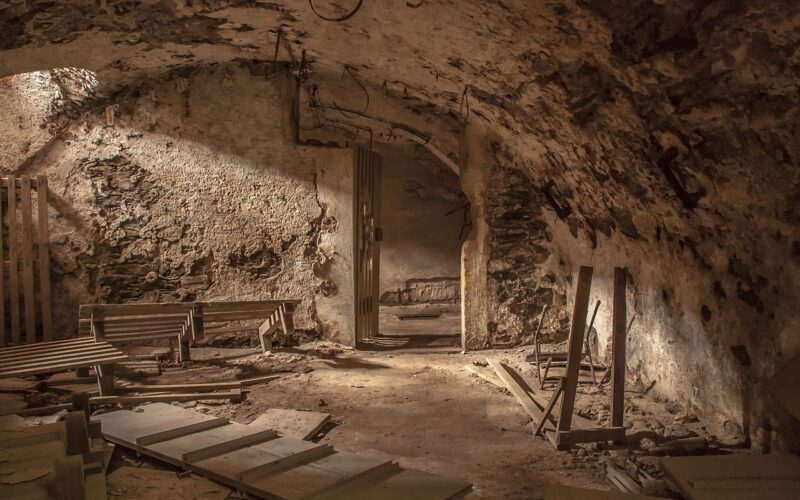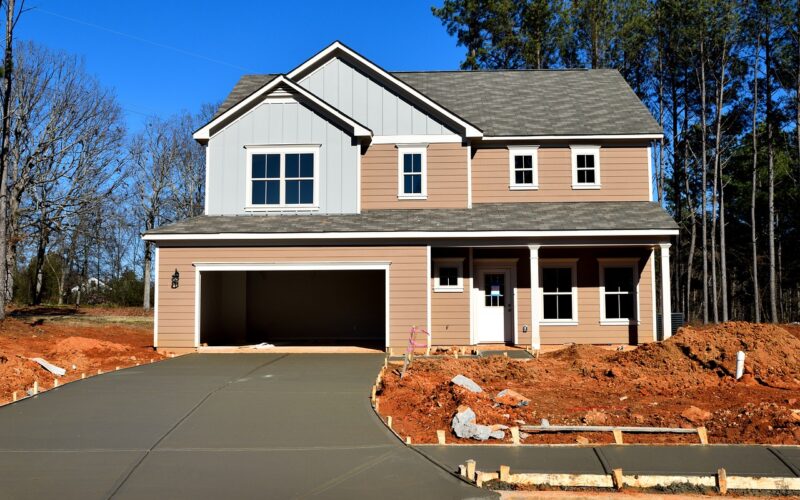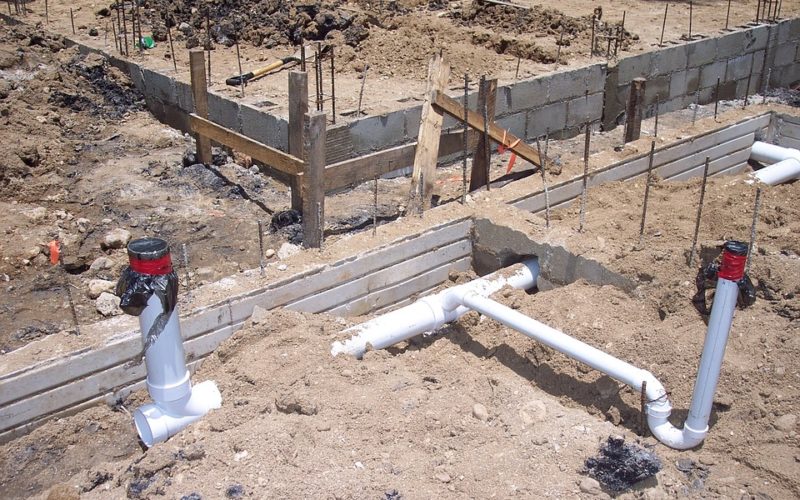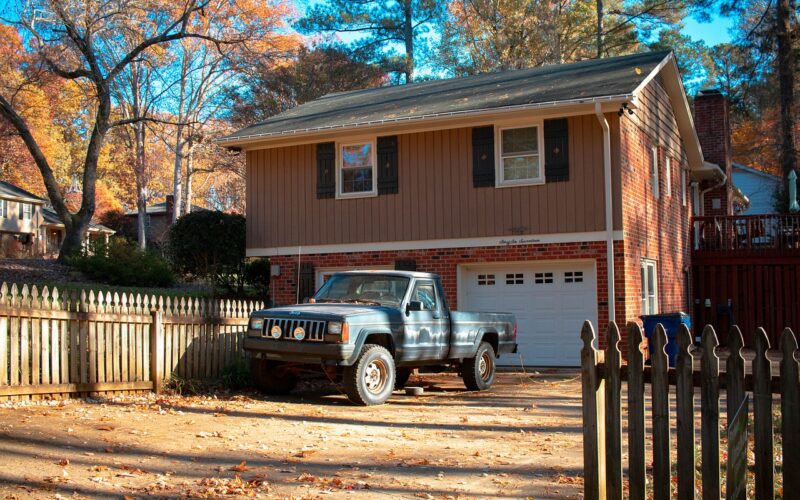Renovating historic buildings is a unique and rewarding task - one that can often bring tangible rewards when it comes to preserving our nation's heritage for future generations. But this task isn't without its challenges, from trying to source authentic materials through to meeting local regulations pertaining to historically significant structures. Whether you're restoring an old railway station or transforming a family home into something special, there are some key things you should consider before taking on the project.
Get to know the building
Every old building has a story to tell and understanding the history of a historic site can help you appreciate its beauty even more. Researching the past of a building can be a fascinating journey through time. From the architecture to the people who lived or worked there, each aspect gives you a glimpse into how life used to be. A building that is considered historic has often witnessed significant events and played an essential role in shaping the community. By delving into its background and understanding the context surrounding it, you can gain an appreciation for why it is considered a valuable landmark. Whether it's an awe-inspiring cathedral or a humble cottage, every building has its tales to tell.
Work with local experts and organisations
When it comes to renovating a property, enlisting the help of local experts and organisations can be invaluable. Not only do they have an in-depth understanding of the area and its unique characteristics, but they also have the contacts and expertise necessary to create a comprehensive plan and budget. Collaborating with these professionals can ensure that the renovation process is smooth and seamless, with all stakeholders on the same page from the outset. By harnessing their knowledge and skills, you can ensure that your project is a success, meeting all your objectives and exceeding your expectations.
Historical standards and regulations
When planning renovations for a historical building, it's important to keep in mind the regulations and standards that have been put in place to preserve its historical value. These regulations exist for a reason - to ensure that any changes made are respectful of the building's rich history and don't detract from its unique character. In order to avoid damaging the building and potentially facing legal repercussions, it's crucial to research the guidelines for historical preservation and consult with experts in the field before making any changes.
Create a timeline
In any project, timing is essential. It's the difference between success and failure. Creating a timeline of when each task should be completed is a simple but crucial step in ensuring that project deadlines are met. When you have a clear timeline, it's easier to focus on the task at hand and avoid procrastination. You can achieve a sense of accomplishment as you tick each task off the list, ultimately leading to project completion on time. Whether you're starting a new project or revamping an existing one, having a clearly defined timeline helps to keep things running smoothly.
Architectural salvage materials
When it comes to finding unique and interesting materials for architectural salvage, there are a few key sources to consider. One option is to check out local salvage yards or second hand stores, which may have items like old doors, windows, and hardware. You can also look online for companies that specialise in architectural salvage and reclaimed materials, which can offer a wider range and larger quantities of materials. Another potential source is old buildings and structures that are slated for demolition; by reaching out to contractors or property owners, you may be able to salvage materials before the site is cleared out. By exploring these different sources, you can uncover some truly exceptional materials for your next building or renovation project.

